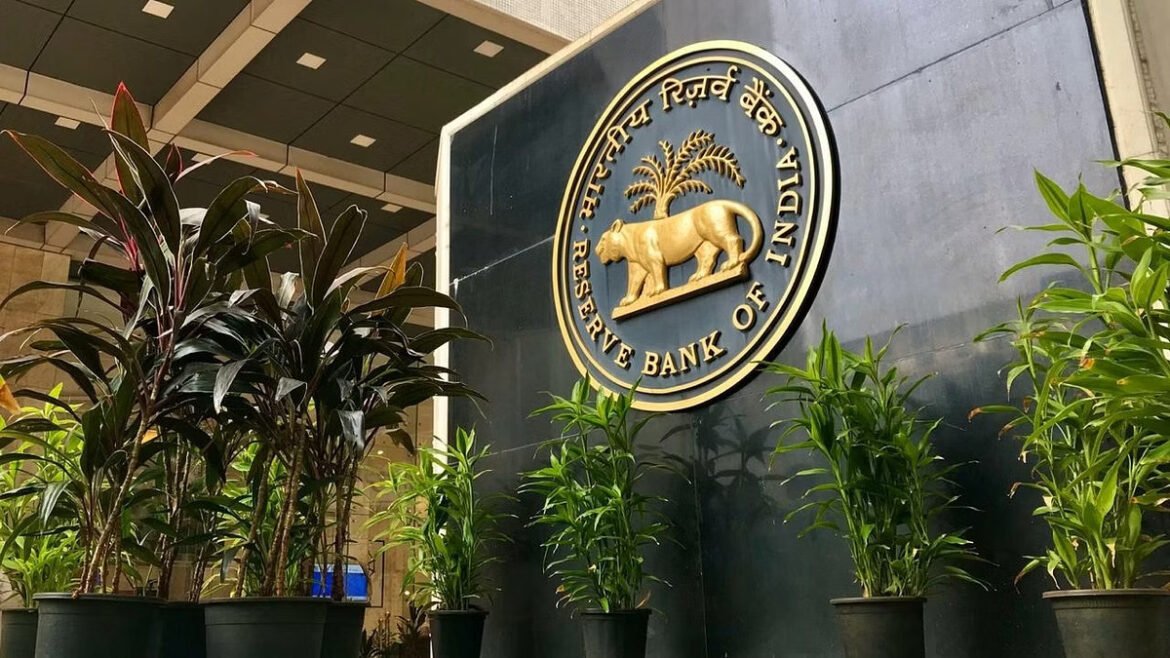The Reserve Bank of India (RBI) is expected to signal a significant shift in its monetary policy starting from October 9, 2024, despite inflation easing below the bank’s target of 4% for the past two months. According to a report by the Bank of Baroda (BoB), the Monetary Policy Committee (MPC) will likely maintain the current policy rates and stance during its upcoming meeting. However, the RBI’s long-term outlook suggests potential changes in the coming months, which could influence its monetary strategy.
As the Indian economy stabilizes, discussions around whether the RBI will continue its current approach or begin cutting rates have gained momentum. The BoB report indicates that while inflation has been under control recently, the RBI will likely adopt a cautious approach given uncertainties surrounding food prices and other inflationary pressures.
MPC to Maintain Policy Rates on October 9
The RBI is likely to maintain its current monetary policy when it announces its decision on October 9. The BoB report emphasizes that despite inflation staying below the RBI’s target, this drop is largely attributed to a “positive base effect,” meaning it was influenced by the comparison with a previous period of higher inflation. This suggests that the decline may not be sustainable in the long run.
Therefore, the RBI is expected to adopt a “wait and watch” approach before making any rate cuts, ensuring inflation has moderated on a durable basis. The report suggests that a rate cut might be possible by December 2024, once the RBI gains more clarity on the future inflation trajectory.
Cautious Approach Due to Volatility in Food Prices
One of the major factors that could influence the RBI’s decision is the ongoing volatility in food prices. The BoB report highlights that the recent moderation in inflation has been supported by stable food prices. However, unseasonal rains and other weather-related disruptions could cause further volatility in the coming months.
As a result, the RBI is likely to be cautious about making significant changes to the policy rate in the short term. The bank may opt to observe the impact of the monsoon withdrawal and the arrival of fresh crops before making any policy shifts. These factors will be crucial in determining whether inflation remains under control or spikes again, particularly in the context of food inflation.
Positive Outlook for Food Inflation
Despite concerns over food price volatility, the outlook for food inflation remains relatively positive. The BoB report notes that a normal monsoon has helped stabilize prices, especially for vegetables and other essential commodities. The arrival of new crops is also expected to ease the inflationary pressure on food prices.
If this trend continues, it could give the RBI the confidence it needs to cut rates by December. However, the central bank will closely monitor any signs of price spikes in the coming months before making a decision.
Core Inflation Stable, Economy Showing Resilience
Core inflation, which excludes volatile food and energy prices, has also remained stable. According to the BoB report, core inflation is expected to stay around or below 4%, indicating that broader inflationary pressures in the Indian economy are under control. This stability in core inflation reflects a balanced economic environment, where demand is strong but not overheating.
India’s macroeconomic fundamentals remain robust, with growth projected to reach 7.3% to 7.4% in the 2024-25 fiscal year. This resilience provides the RBI with room to maneuver as it assesses the risks to inflation and growth. The central bank will likely use the next few months to evaluate these factors before deciding whether to cut interest rates.
RBI’s Long-Term Strategy
While the RBI is expected to maintain its current stance on October 9, it is likely planning for a potential monetary easing path in the coming months. The BoB report suggests that the RBI may wait until December to see if inflation continues to decline before making any adjustments to the policy rate. This cautious approach allows the central bank to ensure that any drop in inflation is sustainable and not a temporary effect of external factors.
Governor Shaktikanta Das has previously emphasized the importance of a long-term perspective on inflation and growth. The RBI’s primary concern remains achieving price stability while supporting economic growth, and it will likely maintain this balanced approach in its policy decisions.
Conclusion
The RBI is likely to maintain its current monetary policy during the October 9 meeting, with no immediate changes to the policy rate. However, the central bank is closely watching inflationary trends and economic growth as it assesses the appropriate time to shift its stance. While a rate cut seems unlikely in the short term, the RBI may be preparing to implement changes by December, provided inflation remains stable and food prices do not experience further volatility.
As the RBI continues to evaluate the evolving economic landscape, its decisions will play a crucial role in shaping India’s monetary policy and overall economic stability in the months to come.
Stay connected to know more on arcnews.online for global news like RBI Likely To Change Monetary Policy 9 October Onwards. For videos updates visit our YouTube. Do subscribe to Arcnews to get latest updates directly in your mail box.
Have A Great Day.


